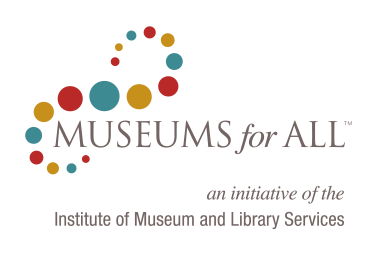
Permanent Exhibits
The History Center is home to the collection of the Allen County-Fort Wayne Historical Society, which contains more than 32,000 artifacts, 20,000 photographs and thousands of linear feet of archival materials. Our permanent exhibits feature artifacts that document the people, places, and events important to the history of Allen County and Fort Wayne. Interactive elements offer guests, families and schoolchildren a hands-on experience that tells the story of the local multicultural community.

Earliest Inhabitants
People have called our region home since the last Ice Age came to an end. What little we know about these First Peoples comes entirely from what they left behind. Tools like arrowheads, pottery, and drills, as well as pieces of the animals they hunted for food and resources, such as mastodon teeth and ribs, leave evidence of how these early inhabitants lived.
Miami History
The area around the Three Rivers is the homeland of the Miami Tribe and was the site of their largest village, Kekionga. Due to a portage between the Maumee and Wabash River Systems, Kekionga was a key trading center for a trade route that stretched from the Great Lakes to the Gulf of Mexico. Artifacts in the museum collection document the lifestyle of the Miami people, as well as important leaders such as Chief Little Turtle (mihšihkinaahkwa) and Chief Jean Baptiste de Richardville (pinšiwa).

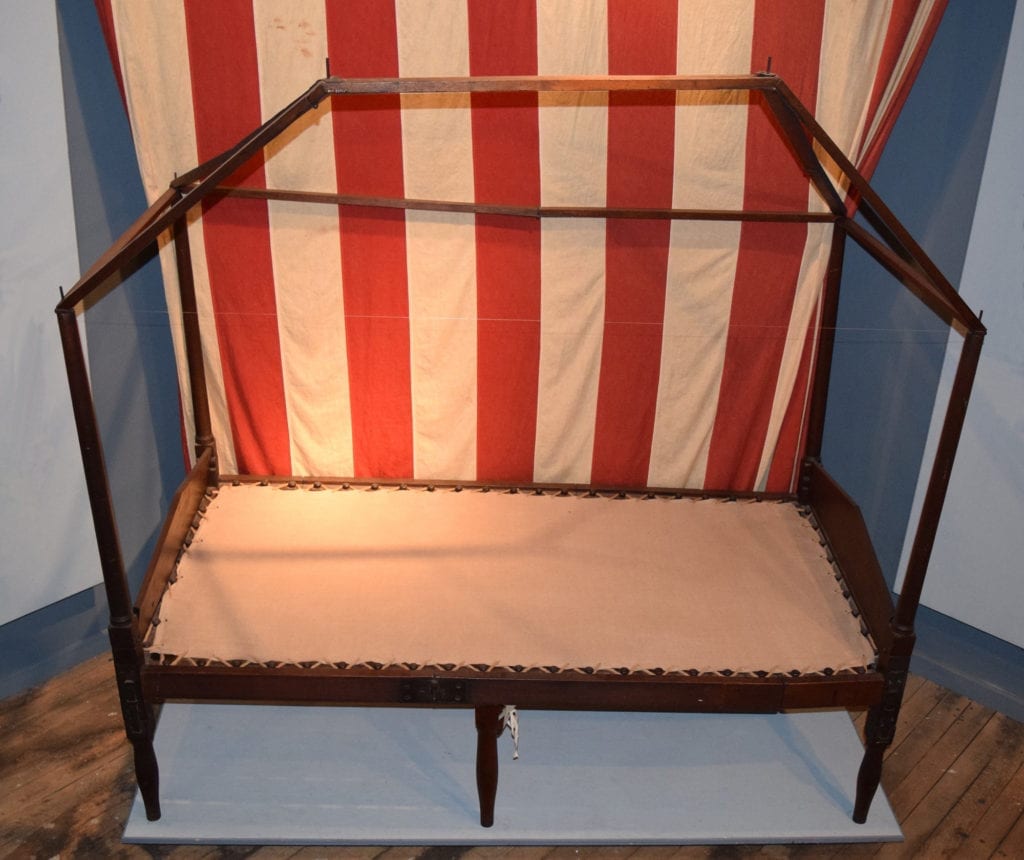
Anthony Wayne
At the end of the Northwest Indian War between the United States and the Miami Confederacy, General Anthony Wayne journeyed to the Three Rivers in 1794 to build a military fortification to control the region. When completed on October 22, 1794, Fort Wayne, named in the general’s honor, became the first American structure in the region, as well as the namesake for the city that would later grow around the Three Rivers. While Wayne never returned, his fold-up camp bed made its way back to Fort Wayne on loan for the city’s centennial celebration. It was donated to the Mary Penrose Wayne Chapter of the Daughters of the American Revolution shortly afterwards, whose artifacts became the foundation of the Allen County-Fort Wayne Historical Society’s collection.
An Emerging City
During the mid-nineteenth century, the newly established city of Fort Wayne emerged as a focal point in the vast transportation network connecting the United States. First, the Wabash and Erie Canal put Fort Wayne at the center of the largest canal system in North America. New communities of immigrants moved to build the canal and stayed as Fort Wayne became a hub of trade. Railroads quickly replaced the canal as a more efficient way of trade, and cemented Fort Wayne as a major transportation center shaped by the many cultures that called the city home. Featured are models of the canal and the railroad, as well as artifacts brought to Fort Wayne and Allen County by the new community of immigrants.
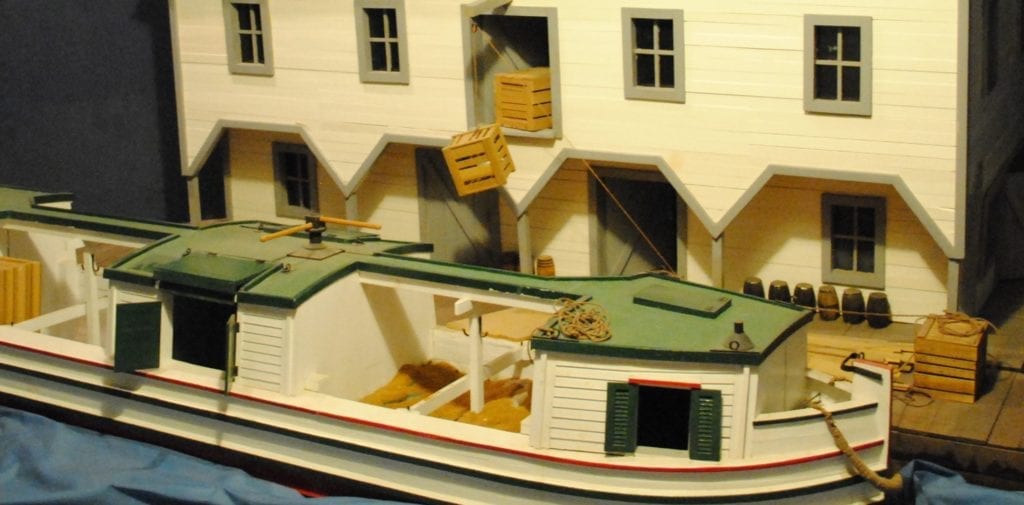


Industry
New industries bloomed in Fort Wayne as the railroads provided them with easy access to transportation lines and resources. The first wave of factories and foundries directly served the railroads. With many of these industries located directly on the railroad tracks, Fort Wayne benefited from the growth of railroads throughout the country. The museum’s re-creation of a local blacksmith shop and foundry demonstrate our growth as an industrial city while artifacts related to industrial pioneers such as James J. Wood and John H. Bass illustrate Fort Wayne’s important role in creating and attracting historic lifestyle-changing industries.
Allen County Innovation
Our community has been the proud home of numerous great inventors and remarkable inventions. From Fort Wayne’s role as the birthplace of magnet wire to the home of Philo Farnsworth, the inventor of television, to modern leaders such as Sweetwater Sound and Vera Bradley, many have been at the forefront of innovation throughout history. Our newest permanent exhibition gallery, Allen County Innovation, provides visitors with a unique opportunity to experience local innovations through hands-on interactives and important local artifacts.
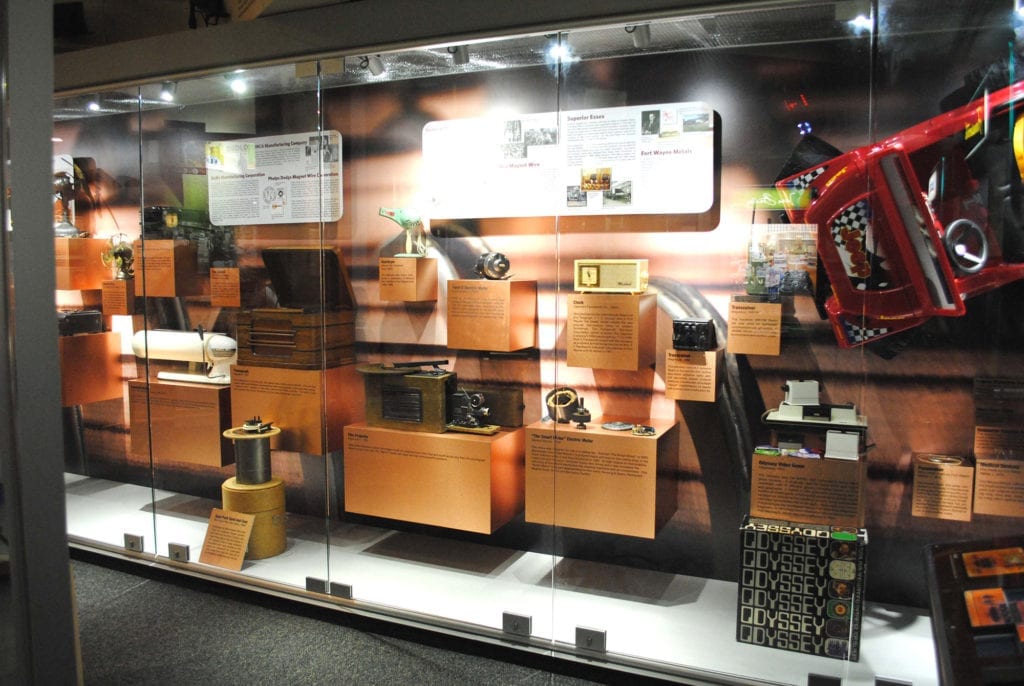
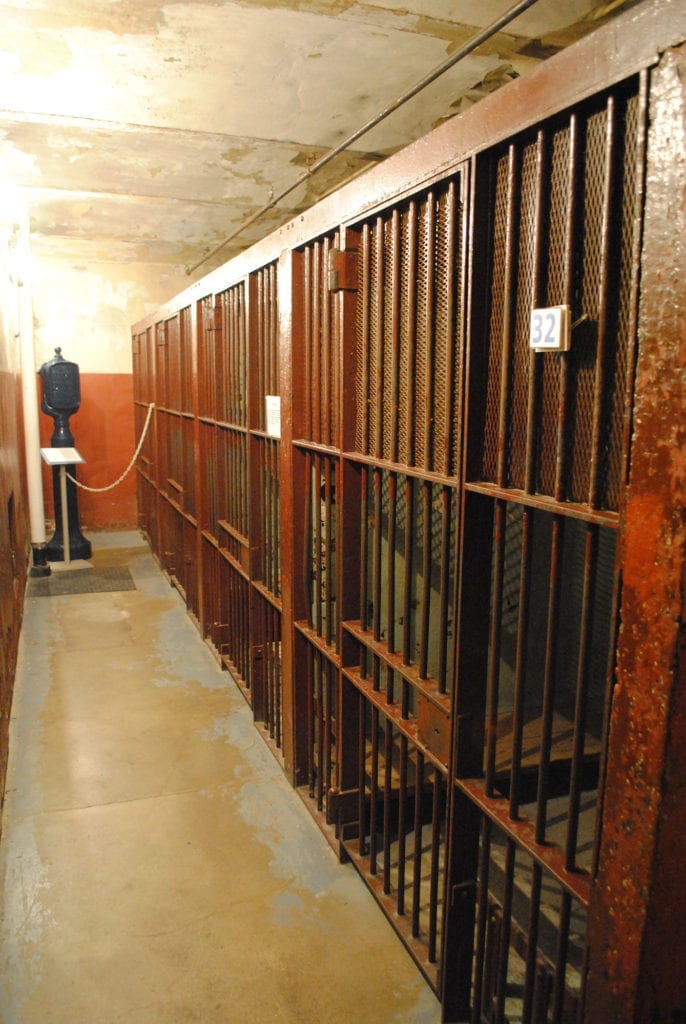
Old City Jail
The Fort Wayne Police Department and City Court Rooms operated out of the Old City Hall building from 1893 until 1971. FWPD’s headquarters included the city jail, which remains in the basement of what is now the History Center. The jail’s hidden infrastructure and proximity to the courts served as a convenient and secure way for offenders to be processed through the legal system. The History Center has endeavored to preserve the jail in order to provide visitors with an opportunity to explore the history of Law Enforcement in Fort Wayne and Allen County. Artifacts crucial to the duties of local law enforcement and Allen County’s fight against crime are paired alongside the preserved Old City Jail, evidence storage vault, and booking area.
Orientation Room
The History Center hosts hundreds of school groups throughout the year in an effort to enhance local K-12 history and social sciences curriculum. As a dedicated presentation space, school groups are provided with an orientation to the history of the local community. The orientation room is also host to many artifacts from the twentieth century and functions as a rental space for events held at the museum, alongside the lavishly restored Shields Room.
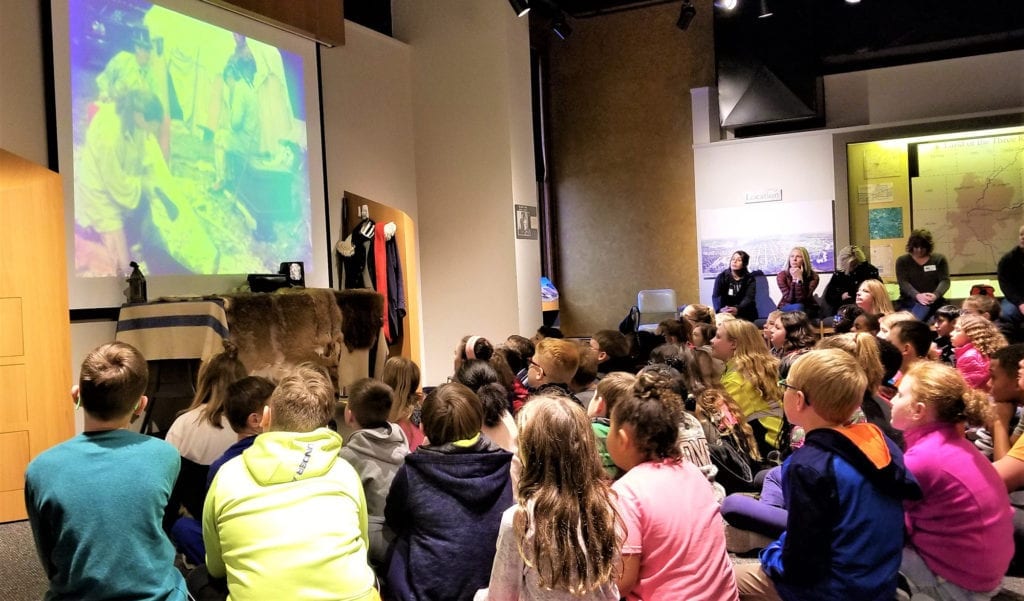
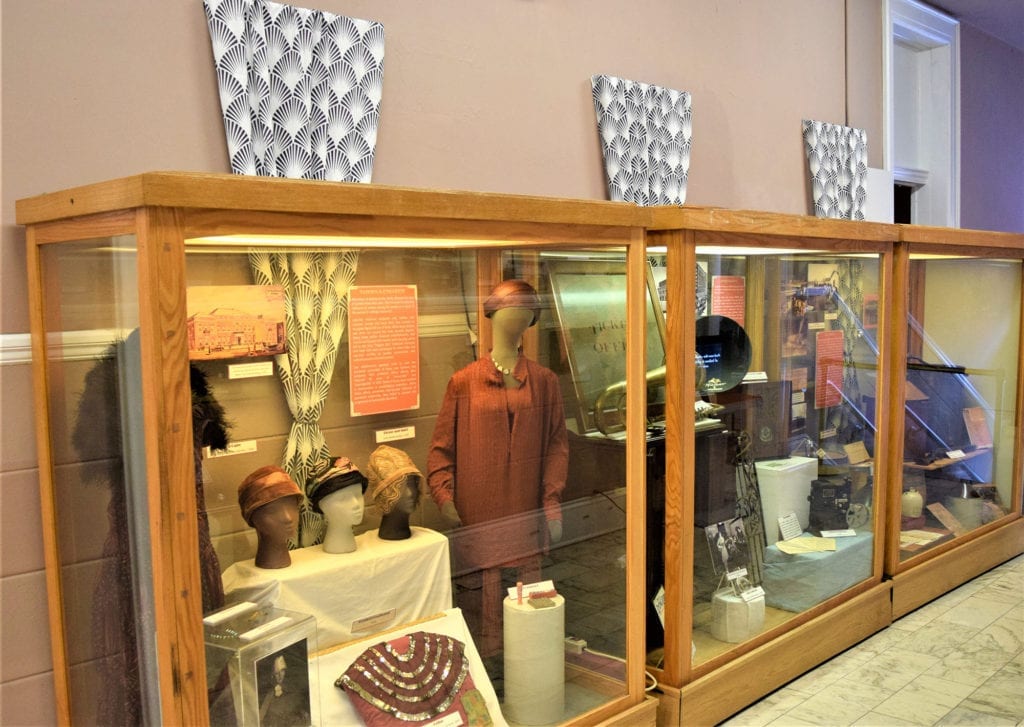
Rotating Displays
Several areas throughout the museum are dedicated to rotating displays. These displays are updated quarterly on a space-by-space basis. Rotating displays provide access to as many of the materials in the collection as possible, as a showcase for new, rare, and under-utilized objects. These displays additionally aid in highlighting stories important to Fort Wayne and Allen County that are not featured in our permanent exhibits.




